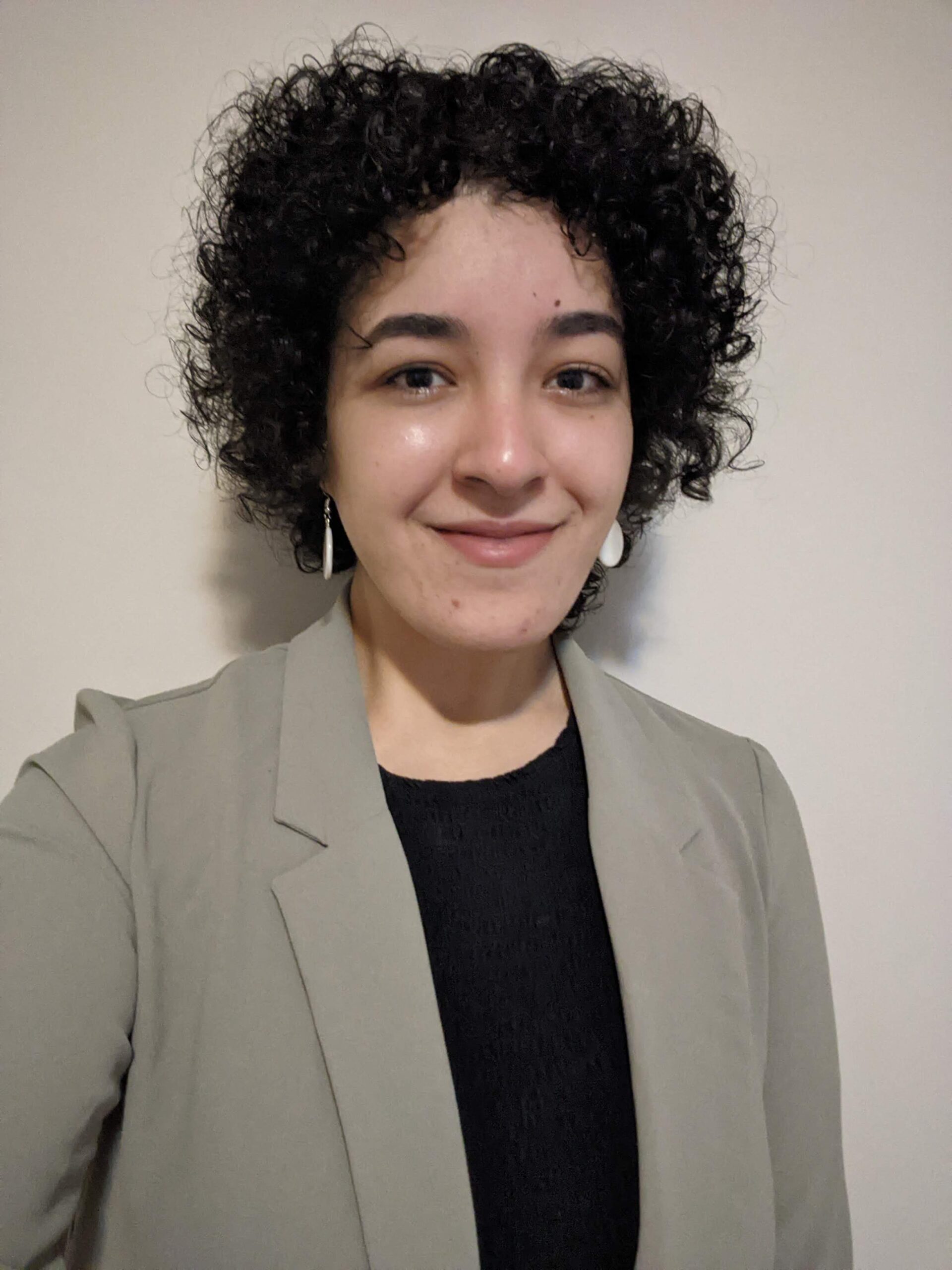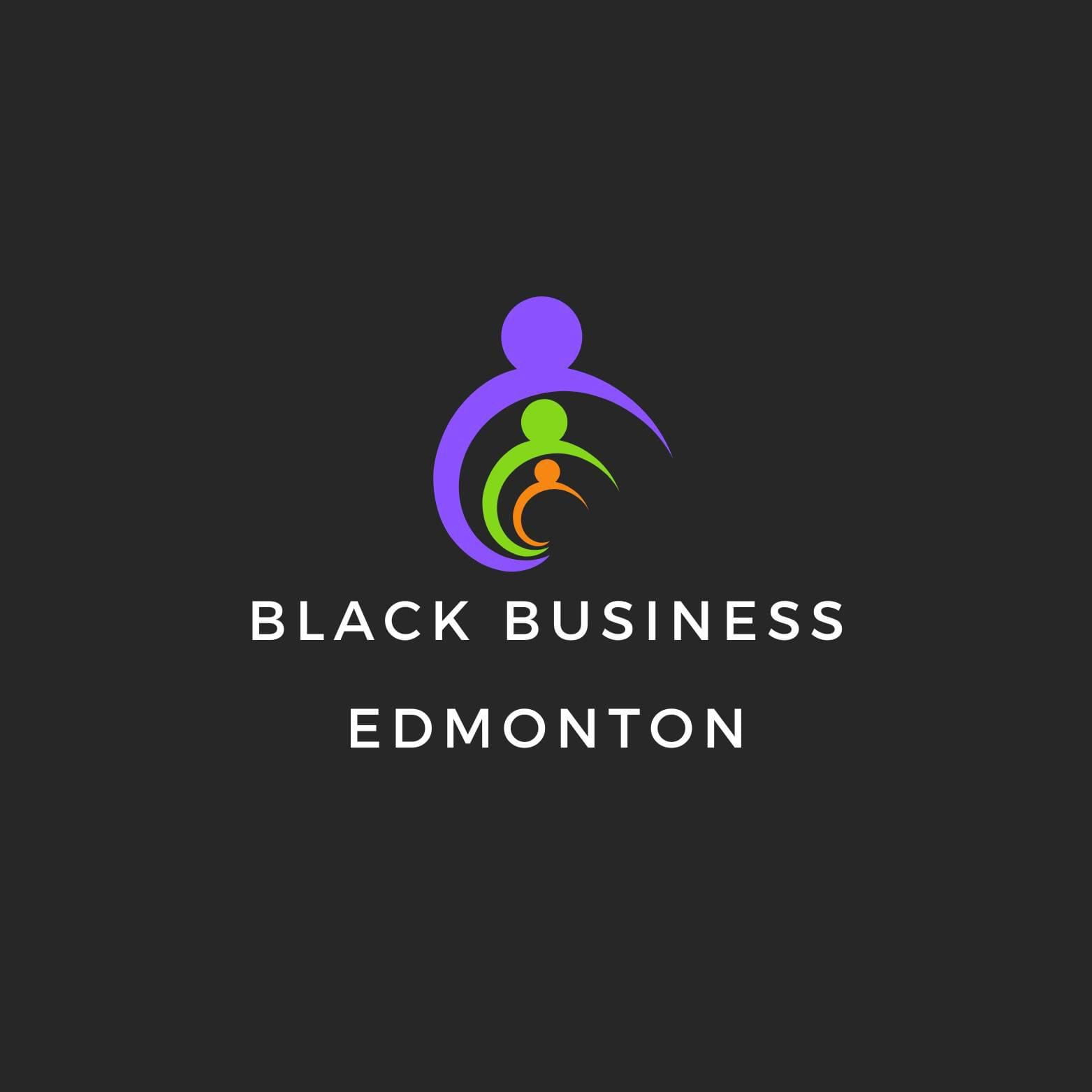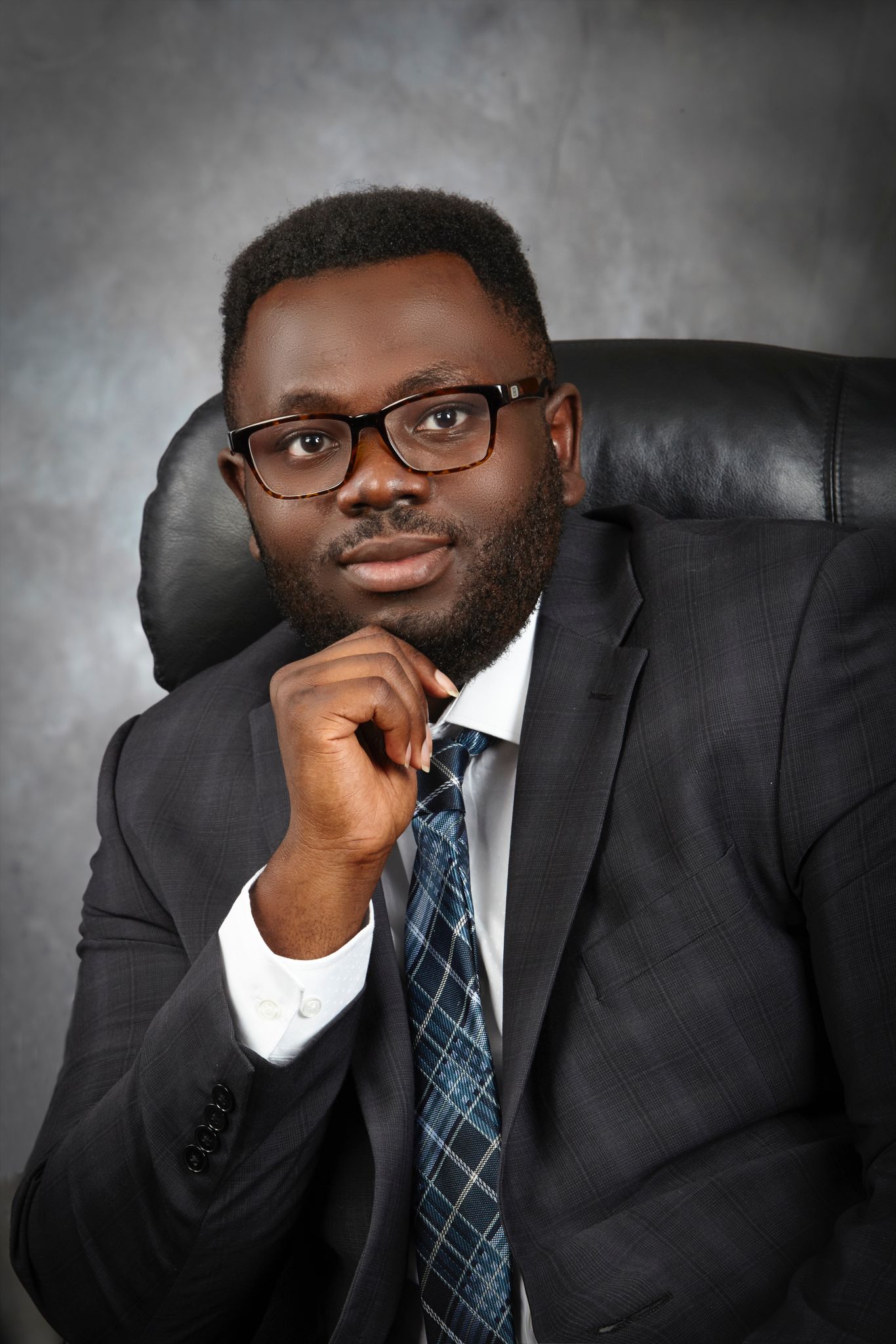
Pride Month’s Intersections with Racialized Women | Monica Bassili
Pride Month’s Intersections with Racialized Women
This June, pride events across Canada supported the LGBT+ community. Canada is among the countries that accept and support LGBT+ peoples, both domestically and internationally by providing asylum to those fleeing violence due to their gender or sexual orientation. In this way, Canada is an important country that supports and funds services for LGBT+ people.
However, to what extent does this support lead itself to racialized women? The beauty of LGBT+ spaces in Canada seldom extends itself to racial, ethnic, and religious diversity. Many spaces, events, and conferences centred around the experiences and beliefs of white LGBT+ peoples.
This reality is illustrated through the addition of the black and brown triangles in the Pride Flag. The root of these safe, accepting LGBT+ spaces are white, in turn, any accommodation for racialized peoples is performative in the form of a skin colour onto a flag.
What do Racialized Women Bring to Pride?
Racialized women bring more than their gender or sexual orientation, rather, they represent intersections of experiences and beliefs which are unique to their lives. For instance, Indigenous women, who may also identify as Two-Spirit, bring their unique experiences of living in Canada, settler-colonialism, and identifying as queer in their communities. Each Indigenous nation has its own perspective on LGBT+ issues and Indigenous women have knowledge of their community’s beliefs.
Moving beyond the Indigenous perspective, migrant racialized women inherently export their community’s beliefs of LGBT+ peoples into Canada. For some, this manifests in the form of irrational hatred for same-sex couples and people straying from gender norms. For others, it can manifest as weekly sermons that demonize LBGT+ peoples, claiming it is an expression manufactured by the West.
Despite all these experiences, many LGBT+ forums in Edmonton and other Canadian cities perpetuate a monoculture that focuses on the accomplishments and successes of white people. One reason for this is that white people in Canada often have intergenerational wealth and families that are uniquely accustomed to Canada’s settler-colonial society. As a result, a white person moving out of an intolerant household or achieving success in one’s field is uplifted and promoted within LGBT+ spaces.
How to Deal with Being a the Odd-One-Out
With this in mind, there is no reason that racialized women should avoid LGBT+ spaces. Being singled out for your race, ethnicity, or religion is daunting and sometimes humiliating, yet, both you as an individual and those around you will grow from the opportunity to share your experiences and diversify your conversations. Otherwise, the status quo of white-dominant LGBT+ spaces will continue to the detriment of racialized peoples, especially racialized women.
However, this is much easier to say and more complicated to do. In my experience attending LGBT+ events, conferences, and roundtables, as well as events dedicated to environmental policy, I am often one of a handful of racialized people in attendance. Feelings of loneliness are normal, but finding people to connect with is a blessing.
Alongside ny diversity you encounter, the common equalizer is the topic of conversation. Whether it is LGBT+ rights or environmental issues, you can always strike a conversation with those around you. For this reason, racialized women must engage with LGBT+ spaces and make meaningful connections. The burden is not only on racialized women but also on the organizations that host such events. Taking a tangible approach to these discussions is critical, meaning uncomfortable conversations will happen and create beautiful futures for everyone.





